Optimizing Reinforced Concrete Mixtures for Maximum Strength
Concrete strength is a critical factor in construction, directly influencing the durability and safety of structures. Achieving maximum strength requires a comprehensive approach to concrete mix design, considering various factors from materials selection to curing methods. In this article, we’ll delve into the intricacies of optimizing reinforced concrete mixtures for unparalleled strength.
Introduction
Concrete, a composite material made from cement, water, aggregates, and admixtures, serves as the backbone of countless structures worldwide. The quest for maximum strength is a constant pursuit in the construction industry, and optimizing concrete mixtures plays a pivotal role in this endeavor.
Understanding Concrete Mix Design
Reinforced Concrete mix design involves the meticulous selection and proportioning of its components. The right mix ensures a balance that maximizes strength and durability. The components—cement, water, aggregates, and admixtures—each play a crucial role, and understanding their interactions is key.

Factors Influencing Concrete Strength
Concrete strength is intricately influenced by several pivotal factors, each playing a crucial role in determining the durability and reliability of structures. The water-cement ratio stands out as a primary factor, as it significantly impacts the hydration process. Maintaining an optimal balance ensures adequate strength without compromising workability. The properties of aggregates, both in terms of type and gradation, contribute substantially to the overall strength of the concrete mix.
Proper selection can enhance the structural integrity and load-bearing capacity. Additionally, curing conditions and the age of the concrete are indispensable factors in strength development. Adequate curing, through methods such as moist curing and temperature control, promotes robust hydration and prevents cracks.
The age of the concrete is a temporal consideration, with strength increasing over time. In essence, a nuanced understanding of these factors—water-cement ratio, aggregate properties, curing, and age—is paramount for engineers and builders striving to optimize concrete strength in diverse construction scenarios.
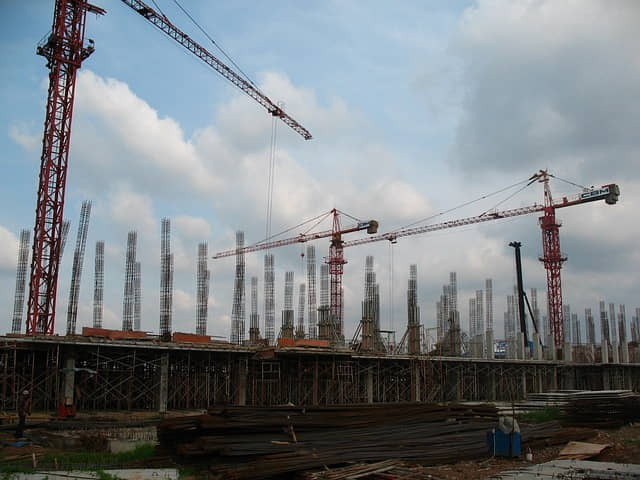
The Role of Water-Cement Ratio
The water-cement ratio is a critical determinant of concrete strength. Too much water weakens the mixture, while too little can lead to insufficient workability. Striking the right balance is imperative for optimal strength.

Importance of Quality Cement Selection
The type and quality of cement significantly impact the strength of the concrete. Different types of cement offer varying properties, and selecting the right one for the specific application is crucial. High-quality cement ensures a solid foundation for strength optimization.

Choosing the Right Aggregates
Aggregates, comprising coarse and fine materials, contribute to the overall volume of concrete. The type and gradation of aggregates influence the strength and workability of the mix. Proper selection is vital for achieving the desired results.
Water-Cement Ratio and Its Significance
The water-cement ratio is a critical factor in concrete mix design, wielding significant influence over the material’s ultimate strength and durability. This ratio represents the proportion of water to cement in a concrete mixture, and finding the right balance is paramount. Too much water can lead to weakened structural integrity, as it dilutes the cement paste, hindering its ability to bind with aggregates effectively. Conversely, too little water can result in poor workability, making the mix difficult to handle and place.
Striking the optimal water-cement ratio ensures thorough hydration of the cement particles, fostering a robust matrix and maximizing the strength of the concrete. Achieving this balance is a delicate yet essential task in construction, where precision in mix proportions directly correlates with the long-term performance and resilience of the concrete structure. In essence, the water-cement ratio stands as a key variable, and its careful management is foundational to the success of any concrete project.

Incorporating Supplementary Cementitious Materials
Incorporating supplementary cementitious materials (SCMs) into concrete mixtures represents a forward-thinking approach that goes beyond traditional construction practices. These materials, such as fly ash and slag, play a crucial role in enhancing the overall performance of concrete structures. SCMs not only act as partial replacements for cement but also impart unique properties to the mix. By reacting with the cement during hydration, SCMs contribute to improved durability, reduced permeability, and enhanced strength. Beyond their technical benefits, the utilization of SCMs aligns with sustainable construction practices, as they often involve recycled industrial by-products.
This dual advantage of enhancing concrete performance while promoting environmental responsibility positions the incorporation of supplementary cementitious materials as a key trend in modern construction, reflecting a commitment to both innovation and sustainability. As the construction industry evolves, the strategic use of SCMs is expected to remain at the forefront, shaping the future of concrete mix design for maximum efficiency and resilience.

The Role of Admixtures
The role of admixtures in concrete construction is transformative, offering a versatile toolkit to tailor the properties of concrete mixes. Admixtures are additives introduced to the mix in small quantities to modify its characteristics, enhancing workability, durability, and performance. Whether chemical or mineral-based, these compounds can influence setting times, water reduction, air entrainment, and the overall flow of the concrete. From accelerating or retarding the curing process to improving resistance against harsh environmental conditions, admixtures provide engineers and builders with precise control over the concrete’s behavior.
This strategic application not only addresses specific challenges but also optimizes the mix for various construction requirements. The role of admixtures extends beyond mere enhancement; it empowers concrete professionals to achieve customized results, promoting efficiency, and ensuring the long-term success of diverse construction projects. As the construction industry continues to innovate, the strategic use of admixtures remains integral to the evolution of concrete technology and sustainable building practices.
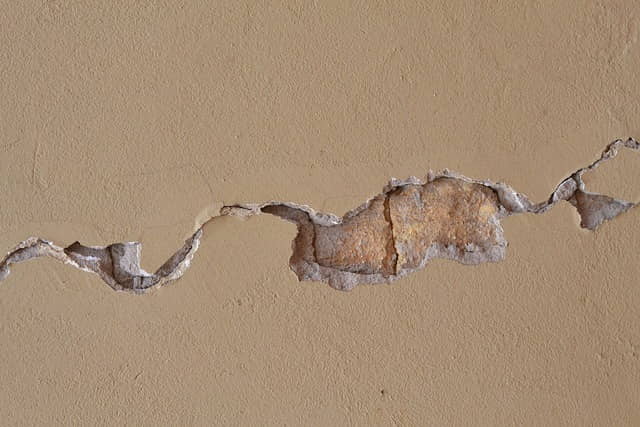
Proper Mixing Techniques
Proper mixing techniques in concrete preparation are fundamental to ensuring the uniform distribution of materials, a key factor in achieving optimal strength and durability. Thorough mixing involves the meticulous blending of cement, water, aggregates, and any admixtures to form a homogeneous and cohesive mixture. The objective is to create a consistent composition throughout the batch, preventing weak spots or inconsistencies in the final product.
Mixing techniques vary depending on the scale of the project, with methods ranging from hand mixing for small projects to advanced machinery for larger construction endeavors. Adequate mixing guarantees that each particle is coated uniformly with the cement paste, promoting efficient hydration and minimizing the risk of segregation. The commitment to proper mixing techniques is not merely a procedural necessity but a cornerstone in the quest for constructing resilient, high-strength concrete structures that withstand the test of time. Engineers and builders who prioritize precision in mixing contribute significantly to the overall success and longevity of concrete projects
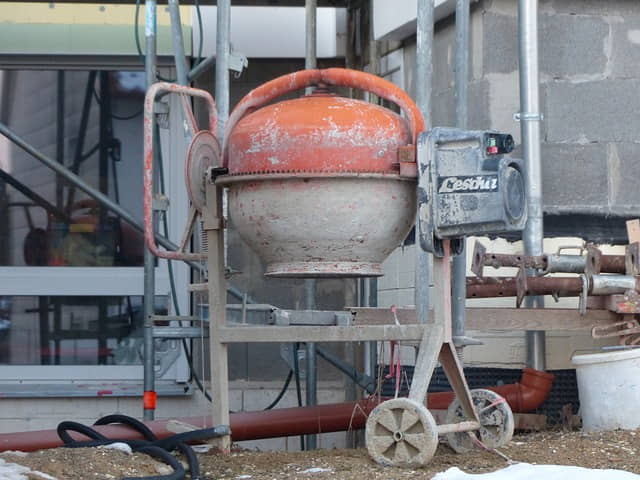
Curing for Maximum Strength
Curing plays a pivotal role in achieving maximum strength in concrete structures, representing the critical period during which the material solidifies and gains durability. Adequate curing involves maintaining optimal moisture and temperature conditions for the concrete to undergo thorough hydration. This process is particularly crucial in preventing the premature drying of the concrete, which can result in cracks and reduced strength.
Properly cured concrete develops increased resistance to external factors like weathering, chemical attacks, and abrasion. Techniques such as wet curing, curing compounds, and covering with wet burlap help sustain the necessary moisture levels during the initial stages. The duration of curing is also significant, as concrete continues to gain strength over an extended period.
Recognizing the importance of a well-executed curing regimen is essential for engineers and builders aiming to maximize the strength and longevity of their concrete structures, ensuring they stand resilient against the tests of time and environmental influences.
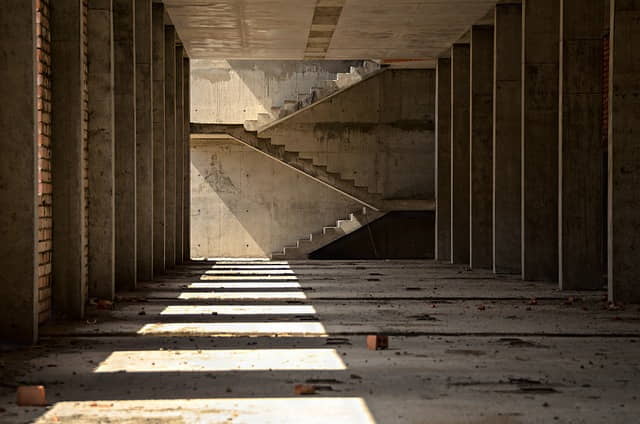
Testing and Quality Control
Testing and quality control are integral components of the concrete construction process, playing a vital role in ensuring the structural integrity and reliability of the final product. Rigorous testing procedures, such as compressive strength tests, are conducted at various stages of construction to assess the concrete’s performance and adherence to design specifications.
Quality control measures involve systematic monitoring of raw materials, mix proportions, and construction practices to identify and rectify potential issues before they impact the end result. These practices not only validate the structural adequacy of the concrete but also contribute to the safety and longevity of the constructed elements.
Embracing a comprehensive testing and quality control framework demonstrates a commitment to delivering high-quality structures that meet or exceed industry standards, providing peace of mind to both builders and end-users alike. In an industry where precision and reliability are paramount, incorporating robust testing and quality control processes ensures the consistent delivery of durable and resilient concrete structures.

Case Studies: Successful Strength Optimization
Delving into case studies of successful strength optimization in concrete construction provides invaluable insights into real-world applications and best practices. By examining completed projects, we gain a deeper understanding of the strategies employed to achieve optimal concrete strength. These case studies showcase a diverse range of structures, from bridges to high-rise buildings, where engineers and builders successfully navigated the challenges of mix design, curing, and quality control to achieve exceptional results.
By highlighting the successes and lessons learned from these endeavors, the construction industry gains a repository of knowledge to inform future projects. These case studies not only celebrate achievements but also serve as practical guides for professionals seeking to optimize concrete strength effectively. Whether it’s through innovative mix designs, advanced curing methods, or strategic material selection, these real-world examples offer inspiration and benchmarks for excellence in the ongoing pursuit of strength optimization in concrete construction.
Challenges and Common Mistakes
Navigating the realm of concrete strength optimization is not without its challenges and potential pitfalls. Construction professionals encounter various hurdles, from material selection to execution, that demand careful consideration. Common challenges include balancing the water-cement ratio, choosing suitable aggregates, and implementing effective curing practices.
Maintaining quality control throughout the construction process is another common challenge, ensuring consistency and adherence to design specifications. Additionally, common mistakes, such as inaccurate mix proportions, inadequate curing, or overlooking environmental conditions, can compromise the overall strength and durability of the concrete.
Recognizing these challenges and learning from past mistakes is crucial for industry professionals. By addressing these issues head-on, incorporating best practices, and staying informed about advancements in concrete technology, builders and engineers can mitigate challenges and enhance the success of concrete strength optimization in their projects. The journey to maximum concrete strength involves not only triumphs but also a commitment to learning from and overcoming the challenges and common mistakes encountered along the way.

Future Trends in Concrete Mix Design
In the ever-evolving landscape of construction, the future of reinforced concrete mix design promises groundbreaking trends that will redefine the industry. One key trajectory involves the integration of advanced materials and technologies, unlocking new possibilities for strength optimization. Self-healing concrete, a futuristic concept gaining momentum, holds the promise of automatically repairing micro-cracks, extending the lifespan of structures and enhancing durability.
Additionally, 3D printing technology is reshaping the way concrete structures are built, allowing for intricate designs and optimized material usage. Smart concrete, embedded with sensors for real-time monitoring of structural health, is poised to become a game-changer, offering proactive maintenance and minimizing the risk of unexpected failures.
As sustainability takes center stage, the use of recycled and eco-friendly materials in concrete mixtures is expected to surge, aligning with global efforts to reduce environmental impact. These innovative trends not only propel the field of reinforced concrete into a new era but also underscore the industry’s commitment to resilience, efficiency, and sustainability. Embracing these future trends will undoubtedly shape a stronger, smarter, and more sustainable future for reinforced concrete in construction
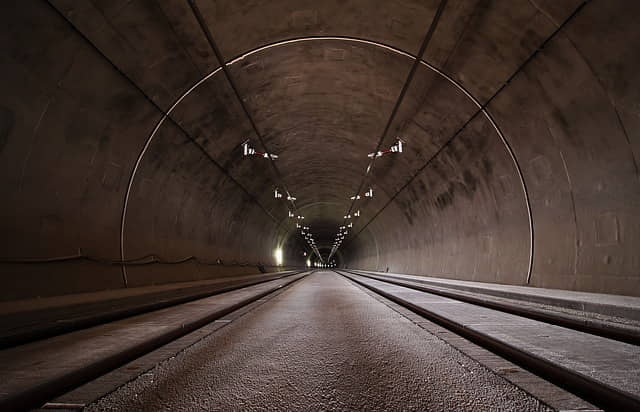
Conclusion
In conclusion, the journey through the realm of reinforced concrete has illuminated the intricate dance between various elements, shaping the landscape of contemporary construction. The fusion of structural engineering, construction materials, and innovative technologies has paved the way for advanced concrete structures. Concrete mix design, driven by a keen understanding of reinforcement bars, cementitious materials, and construction practices, is at the core of achieving superior concrete strength and durability.
The pursuit of high-strength concrete, coupled with sustainable construction practices, underscores the industry’s commitment to resilience and environmental responsibility. As we reflect on the importance of structural integrity, seismic resistance, and foundation design, it becomes evident that the future of building construction relies on a delicate balance of tradition and innovation.
With an ever-evolving focus on Reinforced concrete mixtures and construction technology, the narrative of reinforced concrete continues to unfold, promising structures that not only withstand the tests of time but also contribute to a sustainable and resilient built environment
FAQs About Optimizing Reinforced Concrete Mixtures
- What is the water-cement ratio, and why is it crucial in concrete strength optimization?The water-cement ratio is the proportion of water to cement in a concrete mix. It is a critical factor in strength optimization because it directly influences the hydration process. Too much water can weaken the mixture, leading to reduced strength and durability. Conversely, too little water can result in insufficient workability. Striking the right balance ensures optimal hydration, contributing to the concrete’s maximum strength.
- Can using supplementary cementitious materials really enhance the strength of concrete?Yes, the incorporation of supplementary cementitious materials (SCMs) such as fly ash and slag can indeed enhance the strength of concrete. These materials react with the cement during hydration, producing additional binding compounds. This contributes to improved durability, reduced permeability, and increased overall strength. When used judiciously, SCMs are valuable additions to concrete mixtures for achieving maximum strength.
- How do you prevent common mistakes in the process of optimizing concrete mixtures?To prevent common mistakes in optimizing concrete mixtures, it’s essential to pay attention to key factors. Thoroughly analyze and understand the project requirements, carefully select materials, maintain the correct proportions, and ensure proper curing. Additionally, regular testing and quality control throughout the construction process help identify and rectify potential issues before they impact the final strength of the concrete.
- Are there specific challenges in optimizing concrete strength for high-rise buildings?Yes, optimizing concrete strength for high-rise buildings presents unique challenges. The vertical load and stresses in tall structures require meticulous attention to the mix design, especially concerning factors like the type and gradation of aggregates, the water-cement ratio, and the use of admixtures. Additionally, the curing process becomes crucial in preventing thermal cracking and ensuring uniform strength throughout the structure.
- What role do emerging technologies play in the future of concrete mix design and strength optimization?Emerging technologies are reshaping the future of concrete mix design and strength optimization. Innovations such as self-healing concrete, 3D printing, and advanced sensors for real-time monitoring offer unprecedented possibilities. These technologies not only enhance the strength and durability of concrete but also provide opportunities for sustainable construction practices. Staying informed about and adopting these advancements can significantly influence the trajectory of concrete strength optimization.




